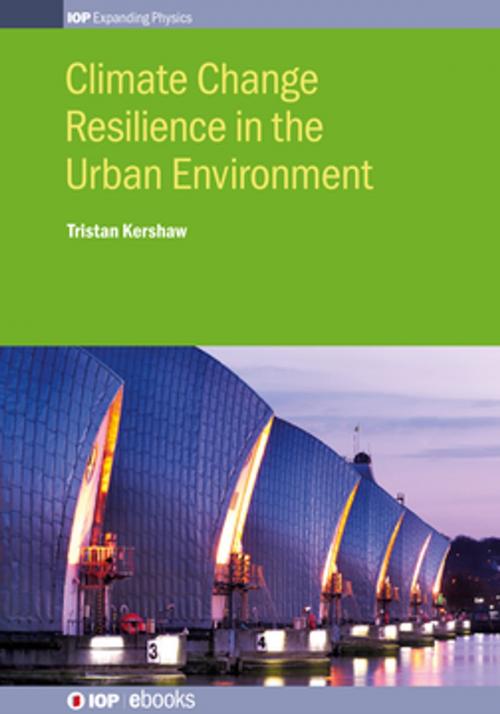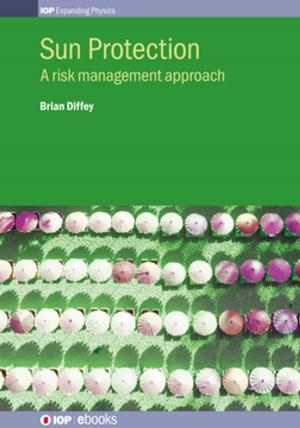Climate Change Resilience in the Urban Environment
Nonfiction, Science & Nature, Science, Earth Sciences, Nature| Author: | Dr Tristan Kershaw | ISBN: | 9780750311977 |
| Publisher: | Institute of Physics Publishing | Publication: | December 14, 2017 |
| Imprint: | Institute of Physics Publishing | Language: | English |
| Author: | Dr Tristan Kershaw |
| ISBN: | 9780750311977 |
| Publisher: | Institute of Physics Publishing |
| Publication: | December 14, 2017 |
| Imprint: | Institute of Physics Publishing |
| Language: | English |
Between 1930 and 2030, the world's population will have flipped from 70% rural to 70% urban. While much has been written about the impacts of climate change and mitigation of its effects on individual buildings or infrastructure, this book is one of the first to focus on the resilience of whole cities. It covers a broad range of area-wide disaster-level impacts, including drought, heatwaves, flooding, storms and air quality, which many of our cities are ill-adapted to cope with, and unless we can increase the resilience of our urban areas then much of our current building stock may become uninhabitable.
Climate Change Resilience in the Urban Environment provides a detailed overview of the risks for urban areas, including those risks to human health as well as to building integrity, the physical processes involved, and presents key information in which way the risks can be reduced and urban areas made more resilient.
Between 1930 and 2030, the world's population will have flipped from 70% rural to 70% urban. While much has been written about the impacts of climate change and mitigation of its effects on individual buildings or infrastructure, this book is one of the first to focus on the resilience of whole cities. It covers a broad range of area-wide disaster-level impacts, including drought, heatwaves, flooding, storms and air quality, which many of our cities are ill-adapted to cope with, and unless we can increase the resilience of our urban areas then much of our current building stock may become uninhabitable.
Climate Change Resilience in the Urban Environment provides a detailed overview of the risks for urban areas, including those risks to human health as well as to building integrity, the physical processes involved, and presents key information in which way the risks can be reduced and urban areas made more resilient.















